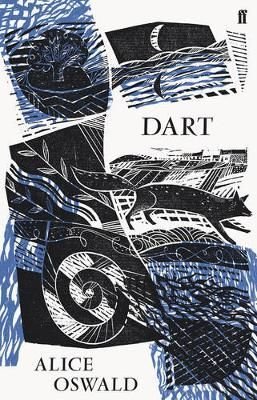What will remain of us after we are gone are our footprints, literally and figuratively. The imprint of a foot tells us a lot about a person. It is strangely intimate, although not more so than handprints are. Imprints tell us something of the contours of a life. More metaphorically, the footprint refers to the long tail of trace carbon that remains in the atmosphere, which might influence the climate many thousands of years into the future. But there are other, more concrete traces that we leave behind: plastics.
Plastic is magic. Dark magic. We conjure it
into being without realizing how its consequences will affect us. Plastic does
not seem to age. It disguises itself as other materials: vinyl, Formica, rayon,
acrylic... It looks indestructible, and instead of decomposing, it just becomes
particulate, pervasively finding its way into the soil, the water, and our
bodies.
In chapter three of Farrier’s book
Footprints, he paints of picture of plastic as “cut off from its past and
absorbed by the present,” “oddly timeless,” “history slides off their
impermeable surfaces just as single-use plastic slips from our hand into oblivion”
(104). Plastic is strangely imperceptible, ranking below flowers and plants in
the hierarchy of visibility. We struggle to sense it. But is this an inherent
material quality, or does plastic’s timelessness stem from our use practices? In
his deep dive into plastic as matter Farrier neglects to inspect the ways
people engage with plastic in different ways. He does not ask how plastic came to be
thought of as disposable. Or what it means to those who hoard plastic
containers, washing and reusing them compulsively. Nor does he dwell on plastic’s
enormous, glossy, sensuous appeal to children, an appeal that can only be
overcome through years of conditioning, and ‘good taste.’ Having thought
through plastic as an object, we need to start thinking plastic through
practice.
In his Orion article “Hand in Glove” Farrier
goes on to qualify his initial portrait of plastic, demonstrating how plastic falsely
promises to separate us from the world, when in fact it has become our world. “[W]e
confirm the world, and ourselves in it, by touch… Touch composes us: we
metabolize it, drawing it into ourselves.” What does it mean for us to interact
with the world through a film of plastic? To have our sense of touch so
encased?
In Footprints Farrier refers to a passage
from William Golding’s novel The Inheritors, when the Neanderthal Fa has a “picture,”
i.e. a primitive idea. She struggles to put it into words, to think through the
steps that would allow her to carry water from the sea to her people – essentially
inventing a vessel. She stutters and fails. We never know how close we are to
imagining something truly revolutionary, something that would break open time and
space (91), the way the carrier bag did for our ancestors. In the meantime it
is all we can do to have courage and keep stuttering.
Laura op de Beke
Works Cited
Farrier, David. ‘Hand in Glove’. Orion
Magazine 39, no. 3 (3 September 2020).
https://orionmagazine.org/article/hand-in-glove/.
Farrier, David. ‘Introduction: Traces of a Haunted Future’. In Footprints: In Search of Future Fossils, 3–26. London: 4th Estate, 2020.
Farrier, David. ‘The Bottle as Hero’. In Footprints: In Search of Future Fossils, 89–116. London: 4th Estate, 2020.






